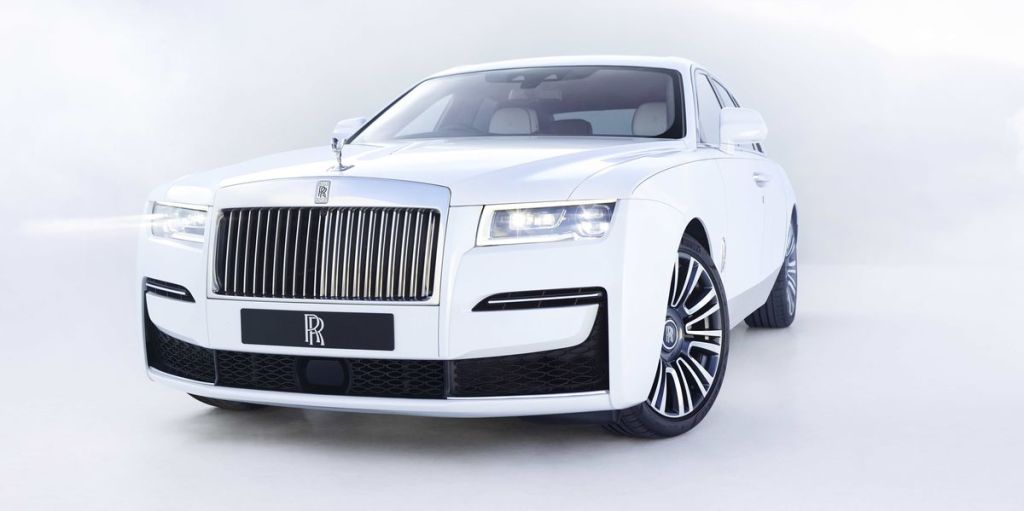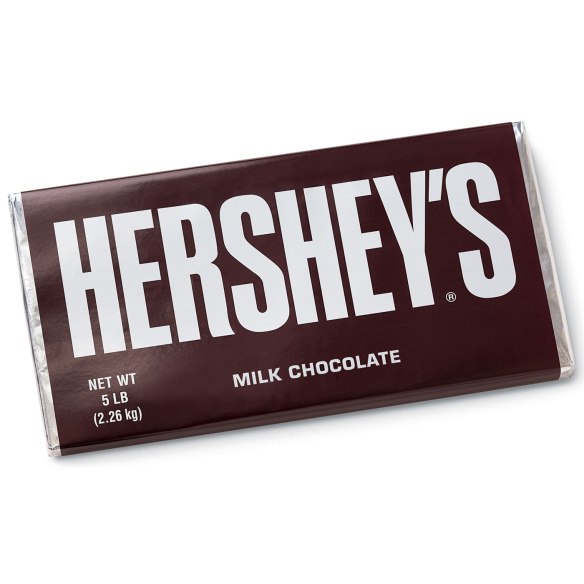What do the following have in common? A To’ak Chocolate Bar, Sapporo’s Space Barley Beer, the Shure KSE1500 Electrostatic Earphone System, the Rolls Royce Phantom Serenity automobile, and the Bunn Tiger XL Super-Auto Espresso Machine? OK, here is a hint. The chocolate bar costs $260; the beer retails at $110 per six pack; the earphone system costs $2,999; the Rolls Royce runs $1.1 million, and the Bunn coffee machine is $12,000. It is obvious that all are ultra-premium products. A Hershey Bar at Sam’s Club can be purchased for $.57. A six-pack of Bud Light is about seven bucks. For less than $20 you can buy Philips SHE3590 earphones. A Toyota Corolla will set you back $18,500, and a Mr. Coffee BVMC-SJX33GT-AM 12-Cup Programmable Coffee Maker with Thermal Carafe Option is available on Amazon.com for $18.26 – and in a chrome finish no less!
You may be thinking “A chocolate bar is a chocolate bar,” right? And why would anyone want to drink a beer that costs $18.33 – would it really taste 1,467% better than a Bud Light because that is the cost differential! Isn’t driving from Point A to Point B basically the same whether it’s in a Corolla or a Rolls? Why is there so much of a difference between a regular product and a premium one?
In nearly every industry there is always a product or service that commands a premium price. In this extremely competitive world in which we live, how can this be? There are a lot of wannabes when it comes to premium products, but most come up short. As entrepreneurs we want to look for the opportunity to create a premium product or service that generate huge margins and burnish our reputation. So, what do we do?
Let’s look at the primary elements that comprise a premium product or service. Certainly, Quality is at the top of this list. The Rolls Royce Phantom Serenity is amazing in the category of quality. A Gearheads.org write-up had this to say, “The interior of the car received exceptionally crafted elements that are probably the most perfectly sculpted and crafted elements in the car world. Bloom effect and bloom motifs that are scattered throughout the cabin are applied by artists using a squirrel hairbrush. The extent of lunacy of perfection went so far that Rolls-Royce imported a specially woven silk from Suzhou in China and integrate it throughout the cabin. Bloom effect was added onto the silk as well and Rolls-Royce officially published information that painting one silk panel with bloom effect required 600 working hours. You have read that right too. Basically, a man should work fifteen weeks straight to make a perfect blossom motif on only one silk covered panel.”
Another component attributable to the premium label is that of Features. Listen to this about the Shure KSE1500 from the Shure website. “Offers five EQ presets, four customizable EQ settings, and Bypass Mode which bypasses digital processing for pure analog audio enjoyment. Features high-resolution 24/96 ADC/DAC, aligning with the Japan Audio Society High-Resolution requirements for both analog-to-digital and digital-to-analog conversion. Works with any earphones or headphones with a 3.5 mm jack; compatible with Mac, PC, iOS, and Android devices. Includes paired earphones and amplifier (not compatible with other earphones or amplifiers), charger, Lightning® and OTG cables, two 1/8″ cables, 1/4″ adapter, airline adapter, attenuator, cable clip, two security bands, cleaning cloth, case and user guide.” If I wanted a set of premium earphones, I would be impressed with such a wide array of meaningful features.
The final primary facet of a premium product (or service) revolves around Brand. Sometimes a brand can be so legendary that it overshadows the actual product. There is no doubt that a Rolls Royce is exquisite in terms of quality, but the Rolls brand is so steeped in a tradition of luxury that just about any automobile it produces will be perceived as an ultra-premium vehicle.
We entrepreneurs would do well to study premium products and services and model them to the greatest extent possible in our own organizations. Too often companies charge higher prices just because it costs more to produce whatever they are selling rather than providing true value to the customer. When we give premium value to our customers, we are well on our way to achieving a level of product or service differentiation that commands a premium price.
This blog is being written in tandem with my book, “An Entrepreneur’s Words to Live By,” available on Amazon.com in paperback and Kindle (My Book), as well as being available in all of the other major eBook formats.



